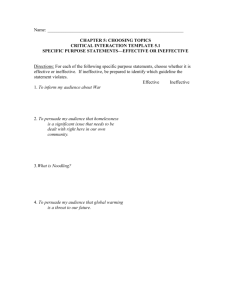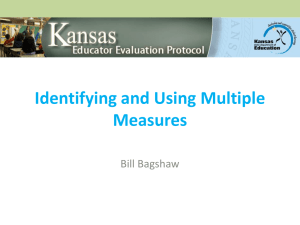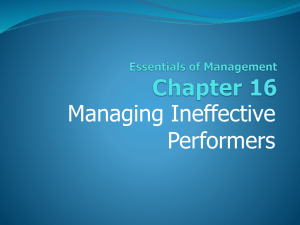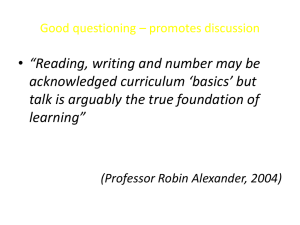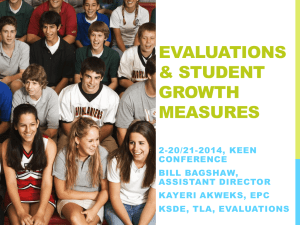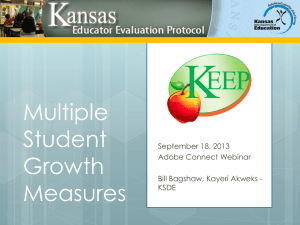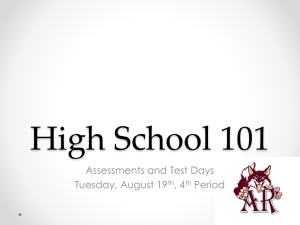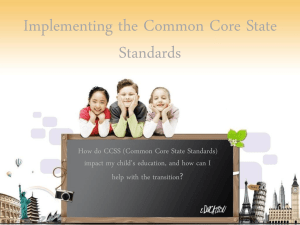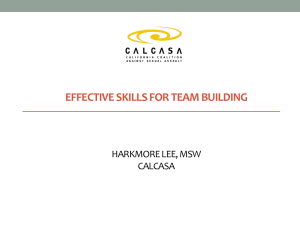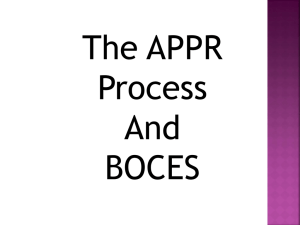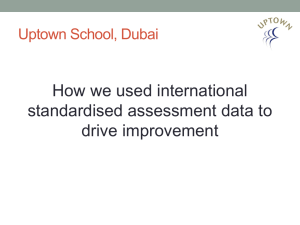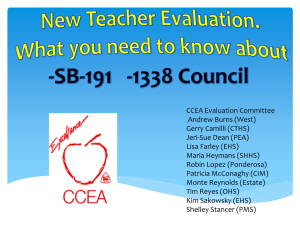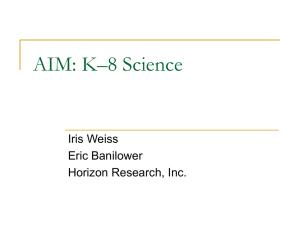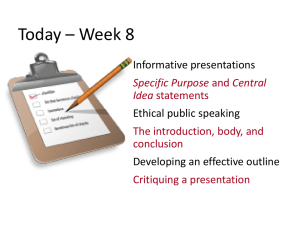Multiple Measures S.Myers
advertisement
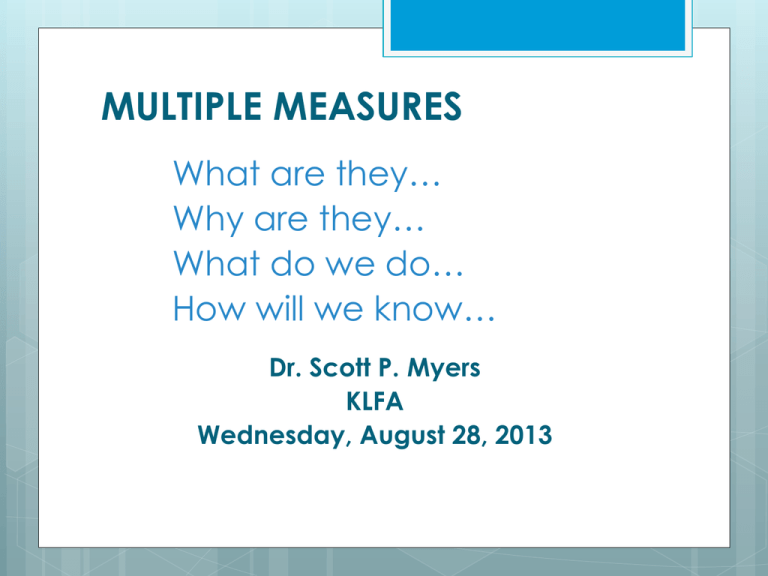
MULTIPLE MEASURES What are they… Why are they… What do we do… How will we know… Dr. Scott P. Myers KLFA Wednesday, August 28, 2013 2 WAIVER - Principle 3 Supporting Effective Instruction and Leadership Implement teacher and principal evaluation and support systems that: 1. 2. 3. 4. 5. 6. Are used for continual improvement of instruction Use at least 3 performance levels Use multiple measures including student growth as significant factor Are used to evaluate on a regular basis Provide clear, timely, and useful feedback Are used to inform personnel decisions 3 Multiple Measures Measures to Use State used assessments must be Include assessment measures currently in use in your district Shared credit/responsibility for student growth, subject to local decision making Time for student growth 1-4 years Multiple Measures and Significance Summary 4 Define Significance Teachers and Leaders evaluations include multiple measures as evidence Kansas is defining “significance” as demonstrating student growth using MORE than one measure Must consider state assessments May include assessment measures currently in use in your district Validity of the Measure must be predetermined for any appropriate measure Locally determine credit/responsibility for student growth Time for student growth 1-4 years Multiple Measures, Effectiveness, Significance 5 6 Multiple Measures Recent Developments Focus Groups provided a list of possible measures KSDE is collaborating with REL and the Center for Great Teachers and Leaders to modify the list of measures collected across Kansas KSDE will identify a “Default List” of Multiple Measures Sample Measures by KSDE from the Field 7 Academic Measures – State Assessments • History and Government State Assessment • ESOL State Assessment • Reading State Assessment • Mathematics State Assessment • Science State Assessment • Writing State Assessment Academic Measures – Not State Assessments Common Academic Assessments • ACT/SAT scores • Aimsweb • AP scores • CETE Formative Assessments • DIBELS • District wide Common Assessments • Fitness Grams • Lexile Scores • Measures of Academic Progress (MAP) Other Academic Assessments • Student constructed response with rubric for assessment • KWIET portfolio • Performance based measures • Project Rubrics Other Student Knowledge and Skills Measures College and Career Ready Measures • Industrial Certifications assessments (Technical Skills) • Interpersonal communication skills (Interpersonal Qualities) • WorkKeys (Career Interest Development) Other Non Academic Measures • Sportsmanship rubric • Life skills (nutrition, physical activity) • Occupational therapy skills • 21st century skills • Library usage (using library tools to find resources) 8 Technical Quality For Locally Created Measures Developed collaboratively Aligned with key subject standards Number of items correlates with time spent per standard Varying levels of difficulty, including high-order thinking High and low achieving students demonstrate growth (Tiered targets) Accurately measures what is intended to be measured and will produce similar results for students with similar levels of ability 9 Multiple Measures Types of Assessments We are looking at assessments that measure more than academic preparedness, such as: 21st Century Skills Critical Thinking Employability Technical Skills SBoE has previously approved the College and Career Ready definition. 10 Matrix Used to Determine Summative Evaluation Rating st nd rd 1 Student + 2 Student + 3 Student = Student + Growth Growth Growth Growth Measure Measure Measure Summary Rating Rating Rating Met Met Met Met Met Met Met Met Met Met Met Met Student Learning + Content + Instructional + Professional = Knowledge Practice Responsibility Summative Evaluation Rating Highly Effective Highly Effective Highly Effective Highly Effective Effective Highly Effective Effective Highly Effective Effective Highly Effective Effective Highly Effective Developing Developing Developing Developing Not Met Effective Not Met Effective Highly Effective Effective Highly Effective Effective Highly Effective Effective Effective Met Highly Effective Effective Met Met Not Met Effective Developing Developing Developing Developing Developing Met Not Met Not Met Developing Effective Effective Effective Effective Developing Met Not Met Not Met Developing Developing Developing Developing Developing Developing Met Not Met Not Met Developing Ineffective Ineffective Ineffective Ineffective Ineffective Not Met Not Met Not Met Ineffective Developing Developing Developing Developing Not Met Not Met Not Met Ineffective Ineffective Ineffective Ineffective Ineffective Developing or Ineffective Ineffective Highly Effective or Effective Effective or Developing Effective 11 FINAL Thoughts KSDE will conduct RANDOM audits of LEA created measures looking for Technical Quality We ARE going to stub our toes! Our efforts WILL make a difference in the lives of our students Questions? THANK YOU for ALL YOU DO!!!
